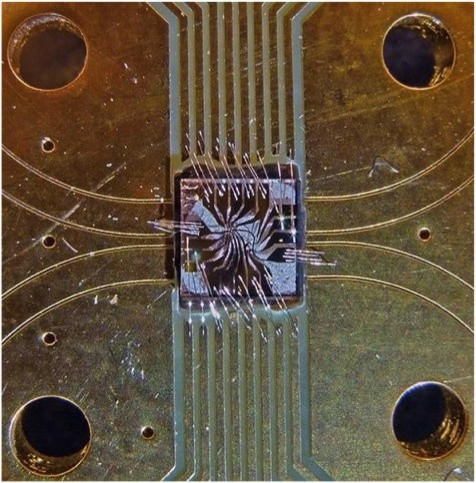USC Develops Quantum Computer Encased In A Diamond

Researchers at the University of Southern California have built a stable quantum computer system within a diamond, signaling a breakthrough in the scaling down of computer size with an increase in speed and performance.
Previous quantum computer prototypes have been vulnerable to what physicists call decoherence, which is essentially interference from external natural forces that prevent a quantum computer from reliably processing data.
Quantum computers use subatomic particles to process data as opposed to traditional computing systems, which use transistors that are much bigger in comparison.
Earlier quantum computer prototypes have used subatomic nuclei to process data, but USC's computer was able to use electrons, which are much faster and smaller, but more vulnerable to decoherence. Encasing the computer processing unit inside a diamond protects it against decoherence with the assistance of microwave pulses that help stabilize the particles.
An example of the quantum computer's processing power is its ability to search an unsorted database, which can be likened to searching for a name in a phonebook knowing only the number.
Like a person, a typical computer would have to go through several hundred listings before finding the correct one. A quantum computer has the uncanny ability to instantly find the correct listing on the first try, using complicated the mathematics that govern realm of quantum physics.
USC's quantum computer was able to perform the unsorted database search exercise with a 95 percent success rate, confirming that it could process information at quantum speeds, reported USC News.
The research team was comprised of USC professor Daniel Lidar and USC postdoctoral researcher Zhihui Wang, as well as researchers from Iowa State University, the University of California, Santa Barbara and the Delft University of Technology in the Netherlands.
© Copyright IBTimes 2024. All rights reserved.





















